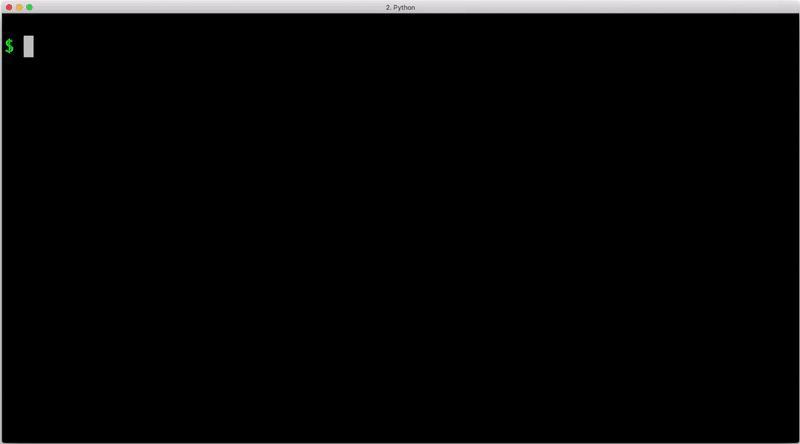ADDIS ABABA/SEATTLE/PARIS (Reuters) – Investigators will release a keenly awaited report on the deadly crash of an Ethiopian Airlines jet on Thursday, Ethiopia’s transport ministry said, giving the first official clues to the second crash of a new Boeing 737 MAX in five months.
Some 35 nationalities were among the 157 passengers and crew who died when the nearly full plane crashed six minutes after take-off from the capital Addis Ababa in clear conditions.
The March 10 disaster prompted the worldwide grounding of Boeing’s best-selling plane and scrutiny of its certification process.
“The 10:30 a.m. (0730 GMT) press conference is to present the preliminary report,” Ethiopian transport ministry spokesman Musie Yehyies said.
The report may shed light on how a piece of cockpit software came back to life after pilots initially switched it off as they tried to save the doomed jet, people familiar with the matter said, placing both technology and crew in the spotlight.
The Ethiopian-led investigation has begun piecing together details of flight 302, starting with faulty sensor data on take-off from Addis Ababa, questions over the Boeing 737 MAX’s high speed and a nosedive coinciding with the software re-activation.
The aircraft’s high speed and initial climb suggests the engines were running at a higher than usual thrust, experts say.
The so-called MCAS anti-stall software is at the center of accident probes in both the Ethiopian crash and October’s Lion Air accident in Indonesia that have together killed 346 people.
MCAS was designed to help prevent an aerodynamic stall by issuing commands to push the plane’s nose lower. However, in both cases it is suspected of firing up in response to faulty airflow data from a single sensor designed to measure the ‘angle of attack,’ a parameter needed to avoid stalling or losing lift.
SENSOR PROBLEMS
Echoing the fate of the Lion Air jet, initial evidence suggests the Ethiopian Airlines jet experienced sensor problems shortly after take-off, causing the MCAS software to begin lowering the nose to grab air under the wings.
Unlike the Lion Air crew, who were flying at a time when pilots had been told little about the MCAS software, the Ethiopian crew used switches to turn the automatic system off but it later re-engaged, people familiar with the matter said.
Although aircraft experts say MCAS cannot turn back on by itself, the report is expected to shed light on whether and why the crew chose to restore electrical power to the system at the risk of setting off more automated nose-down movements.
Aerospace analyst Bjorn Fehrm said in a blog post for Leeham News that pilots may have deliberately re-activated the system in order to make it easier to trim or control the aircraft only to be overwhelmed by rapid counter-moves from MCAS.
Investigators will also look at whether the crew carried out all necessary procedures, including a recommendation to stabilize the plane using the trim system before turning the crucial software off.
The pilots maneuvered the plane upwards at least two times before hitting the stabilizer cut-out switches to disable the system, one person familiar with the matter said.
However, initial flight data indicates the aircraft was flying nose-heavy and not in a “neutral” attitude when pilots hit the cut-out switches, the person added, making the situation harder to manage.
Cockpit procedures call for pilots to leave the MCAS system off for the rest of the flight once it has been disengaged.
GLOBAL GROUNDING
Safety experts stress the investigation is far from complete and most aviation disasters are caused by a unique combination of human and technical factors.
In a statement, Boeing said: “We urge caution against speculating and drawing conclusions on the findings prior to the release of the flight data and the preliminary report.”
The 737 MAX is Boeing’s top-selling jet with almost 5,000 on order. Ethiopian Airlines is also in the midst of an expansion drive, while other 737 MAX customers and victims’ families want answers, and potentially compensation.
Boeing shares were down 1.5 percent at 1800 GMT. They have lost more than 8.5 percent since the Ethiopian crash.
Getting the planes flying again depends partly on the role that Boeing design features are found to have played in the crash, though investigators are also paying attention to airline operations, crew actions and regulatory measures.
FILE PHOTO: Airplane engine parts are seen at the scene of the Ethiopian Airlines Flight ET 302 plane crash, near the town of Bishoftu, southeast of Addis Ababa, Ethiopia March 11, 2019. REUTERS/Tiksa Negeri/File Photo
Boeing is upgrading the MCAS software and training while stressing that existing cockpit procedures enable safe flight. It however faces mounting lawsuits alleging poor system design.
The Wall Street Journal reported earlier that the pilots had initially followed Boeing’s emergency procedures but later deviated from them as they tried to regain control of the plane.
Reporting by Eric M. Johnson, Tim Hepher, Jamie Freed, Jason Neely, David Shepardson; Editing by Georgina Prodhan, Mark Potter and Kirsten Donovan
